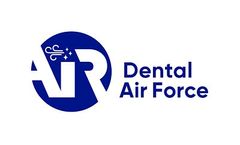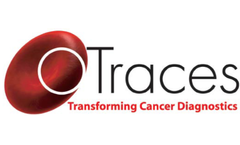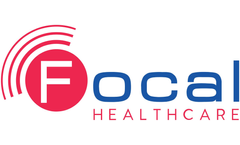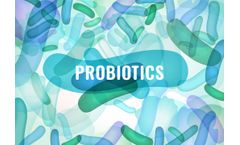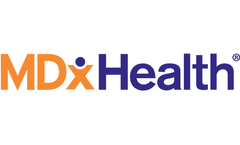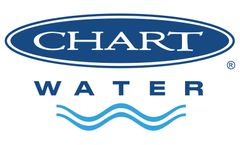Cancer Risk Articles & Analysis: Older
29 articles found
Medical History Jane is a 40-year-old, married mother of two teenage boys. She teaches at the local elementary school and has been in good health for most of her life. She has no surgical history. Her most severe ailment up to this point has been the flu at age 27. Her students are first-graders; they are often difficult to control. She also experiences the normal stresses of raising ...
Additional research reported in the esteemed Lancet Oncology journal, affirmed that the risk of cancer increases when periodontal disease is present. Even moderate gum disease contributed an increased risk of cancer, including blood, kidney and lung cancers in smokers as well as non-smokers. ...
Classification and Functions of Common Phytochemicals Flavonoids Species: Quercetin, brassin, catechin, lignan, anthocyanin, resveratrol Functions: Anti-inflammatory, antibacterial, antioxidant, cancer prevention (breast cancer, ovarian cancer), lowering blood lipids and cholesterol Carotenoids Species: Carotene, lutein, zeaxanthin, ...
The complex community of organisms living in your vagina even plays a part in your risk of developing certain non-infectious conditions—like cancer. ...
ByJuno Bio
Abnormalities in fatty acid metabolism are commonly seen in cancer. A growing number of studies have shown that increased ab initio synthesis of fatty acids in tumor cells is a prominent feature in the development of cancer. ...
Cancer Risk Assessment Using Genetic Panel TestingHigh penetrance of hereditary cancer susceptibility genes in hereditary breast cancer accounts for approximately 5-10% of cases, and 20% of cases are thought to be familial; therefore, some of them cannot be attributed to a single inherited mutation, but also include polygenic ...
Summary OTraces in collaboration with the Gertsen Institute in Moscow performed a blinded validation study on OTraces breast cancer detection products, the CDx Chemistry System for processing automated tests for detection of cancer; BC Sera Dx Immunochemistry test kit for the measurements of proteins that are predictive as a group of the presence on breast ...
Although the magnitude of the decline and recovery in health care visits vary by prostate cancer risk category, low-risk prostate cancer seems to have had the steepest drop.3 One study, performed in Massachusetts, reported the number of men tested for PSA per month fell 50%, with the biggest monthly drop of 83%.4 Both UK and US ...
Many analyses, such as differential gene expression analysis, immunological gene signature analysis, gene pathway analysis, T/B-cell receptor inference, HLA inference, and viral transcript quantification, can be performed on the data after it has been sequenced. DNA-Seq in Cancer Research Genomic testing can discover or profile the somatic or acquired differences in a tumor ...
VisionGate, a Breakthrough Liquid-biopsy Technology Company, Leads the Battle Against Lung Cancer through Early Detection Technology with a Simple, Non-Intrusive Sputum Test. ...
These risk factors can easily lead to liver damage, which subsequently develops into liver fibrosis, cirrhosis and eventually liver cancer. ...
Increased risk of different cancer types in workers employed in petroleum industries and residents living in oil producing communities by Felix Onyije, Bayan Hosseini, Kayo Togawa, Joachim Schüz, and Ann Olsson Considerable health conditions are caused by environmental pollutants, including emissions from petroleum extraction and refining. They are ...
Abstract Purpose: SelectMDx (MDxHealth®) is a panel of urinary biomarkers used in conjunction with traditional risk factors to individualize risk prediction for clinically significant prostate cancer. ...
Arsenic exposure has been linked with cancer in the skin, lungs, bladder and kidney. The risk of developing cancer increases with the amount of arsenic that has been ingested, and also where drinking water has an arsenic concentration of 50 µg/liter. ...
Arsenic exposure has been linked with cancer in the skin, lungs, bladder and kidney. The risk of developing cancer increases with the amount of arsenic that has been ingested, and also where drinking water has an arsenic concentration of 50 µg/liter. ...
Results: Compared to other risk factors, detection of DNA-methylation in histopathologically negative biopsies was the most significant and important predictor of high-grade cancer, resulting in a NPV of 96%. ...
Throughout our discussion, appropriate algorithms are suggested to help clinicians with diagnosis, risk prediction, prognostics, management of sepsis, and management febrile neutropenia when it develops following cancer therapy. ...
However, although the application of this equipment in the national security area is indeed relevant, its use has caused a great deal of controversy, especially with regard to the doses absorbed and to the cancer induction risk associated with these exposures. The aim of this study is to use the Monte Carlo MCNPX code and the male adult voxel (MAX) and female ...
The maximum additional burden of water- and wastewater-related disease of 10_6 disability-adjusted life year (DALY) loss per person per year (pppy), used in the WHO Drinking-water Quality Guidelines and the WHO Guidelines for Wastewater Use in Agriculture, is based on US EPA's acceptance of a 70-year lifetime waterborne cancer risk of 10_5 per person, equivalent ...
The risk of thyroid cancer from reactor accidents has long been a salient factor in the analysis of nuclear reactor safety. ...


